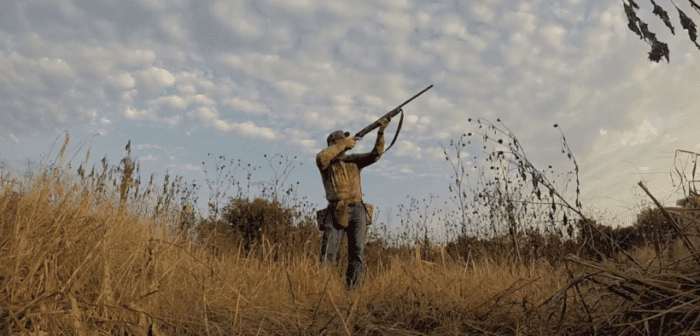In 2018, there has been a total of 307 mass shootings, and possibly more undocumented, according to a database by the Gun Violence Archive. Survivors, as well as friends and families of those killed, have been bravely outspoken about the effects of gun violence on their lives– the pain of losing a loved one, the fear of living life under threat. Yet despite this, they’ve retained the courage to issue a simple and seemingly practical call to mitigate some of the gratuitous violence.Guns, or more accurately the accessibility of guns, has been the target of most of these outcries. When I think about the gun I owned, and the violence it’s capable of, I realize that there’s a greater meaning imbued into it than what I may prescribe. In the wake of countless atrocities, a gun is no longer a tool, but a weapon, and demands to be treated as such.
Guns are violent–regardless of the common argument that they’re harmless unless in wrong hands–they’re tools crafted for the directed and controlled application of violence. This is more apparent in some guns than others –the most infamous being the Colt AR-15 and its assault-style derivatives.
The AR-15, the Glock 21, the Bump Stocks, and the Remington 870 are all entangled with violence, fear, and despair as they continue to take lives in incidents of gun violence across the United States. – Andrew Bellah for The Politic, The Original Design: Guns, Culture, and Violence
Bellah: Guns are Crafted for the Controlled Application of Violence

courtesy Andrew Bellah